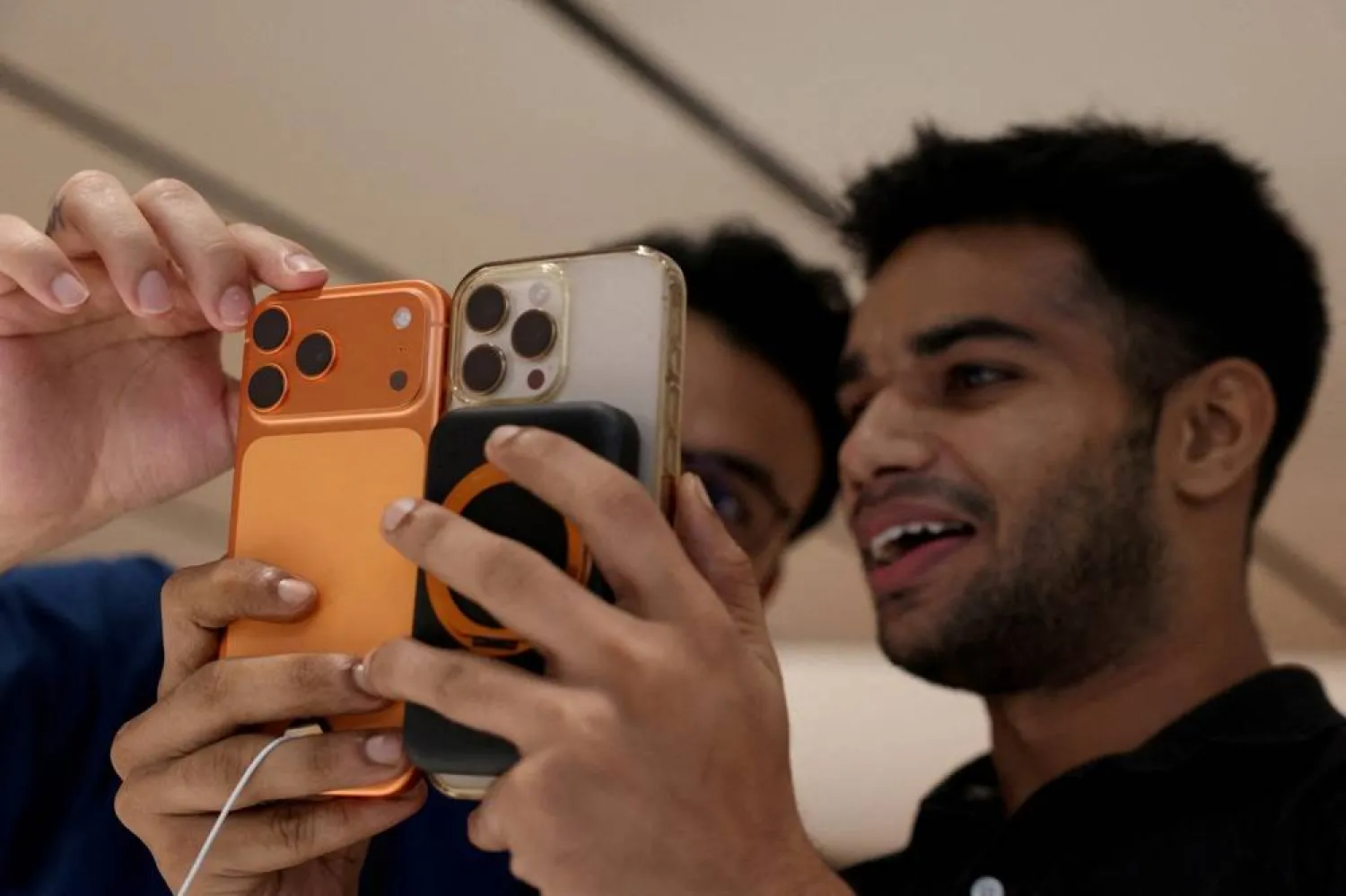ChatGPT spewed nonsensical answers to users' queries for hours Tuesday into Wednesday before eventually returning to its senses.
OpenAI, which makes the world-leading generative artificial intelligence (AI) tool, said a software tweak had "introduced a bug with how the model processes language", AFP said.
"Upon identifying the cause of this incident, we rolled out a fix and confirmed that the incident was resolved," it added.
ChatGPT was giving "peculiar" responses, generating non-existent words, incomplete sentences and general gobbledygook, developers using the tool said in a discussion forum on the OpenAI website.
"It gives me meaningless words followed by a bizarre list," one developer lamented.
"It feels as if my GPT is haunted or something has been compromised, either on my end or at OpenAI's (end)."
It wasn't until more than 16 hours had passed that OpenAI updated the page with a message that ChatGPT was operating normally.
The San Francisco-based technology firm replied to an AFP query by directing it to the ChatGPT status page.
OpenAI recently concluded a deal with investors that reportedly valued the start-up at $80 billion or more after a roller-coaster year for the tech firm.
The agreement, reported by The New York Times but not yet confirmed by OpenAI, would mean the value of the company -- a world leader in generative AI -- would have nearly tripled in under 10 months.
OpenAI led a revolution in AI when it placed its ChatGPT program online in late 2022.
The immediate success of the interface sparked tremendous interest in the cutting-edge technology, capable of producing text, sounds and images upon demand.
OpenAI -- which also makes the image-generating DALL-E -- recently released a new tool named Sora, which can create realistic videos of up to a minute long via simple user prompts.
Microsoft has invested around $13 billion in OpenAI, using the start-up's technology in its search engine Bing and other services.
Microsoft is locked in fierce competition with Google to roll out new AI-infused tools, to the point that the US Federal Trade Commission in January launched an investigation into the enormous investments by Microsoft, Google and Amazon in such specialized start-ups.









